|
|
|||||
| Hello Nature readers, Today we discover that human activity is driving mammals around the world to be more active at night, learn why the biggest question in science is “so what?” and reveal our pick of the week’s best images, features and culture. |
|||||
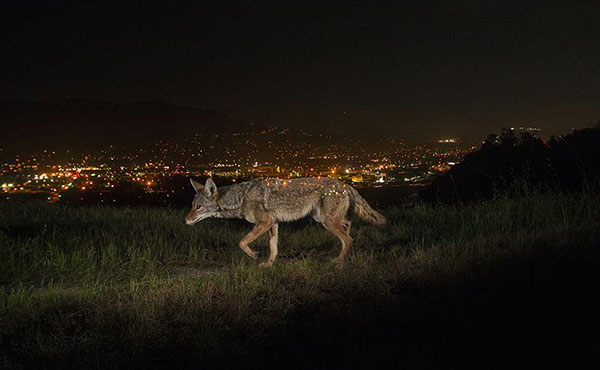 |
|||||
| Coyotes are among the more than 60 mammal species that have shifted to a more nocturnal schedule when living around people. (Steve Winter/NGC/Getty) | |||||
Humans drive animals into the nightActivities such as hunting and hiking are driving mammals to become more active at night, when they’re less likely to run into people. A review of studies on 62 mammal species found that most mammals become on average 20% more active at night in response to higher levels of human disturbance. The consequences of this shift on the animals are still unclear, but scientists suspect it could threaten the survival of some populations. Nature | 3 min read |
|||||
Scientists react to a Microsoft-owned GitHubSome scientists are sceptical that GitHub will remain one of the tools of choice for open science after it is acquired by Microsoft. The tech giant announced last week that it will buy GitHub for US$7.5 billion. Critics worry that the online software repository might become less open when it’s controlled by a company known for keeping its code to itself. Others say having the backing of a large company might help the service to expand and become more useful. Nature | 4 min read |
|||||
Sexual harassers are hurting scienceA landmark report from the US National Academies of Sciences, Engineering, and Medicine says that sexual harassment is harming careers and pushing talented researchers out of science. The analysis concludes that policies to fight the problem are ineffective because they are set up to protect institutions, not victims. The report recommends that institutions reduce the power differential between students and faculty; that universities and funding agencies treat sexual harassment as seriously as research misconduct; and that the government ban confidentiality in settlement agreements. Nature | 6 min read |
|||||
Mediterranean-diet paper rises againGrab your olive oil: a huge study about whether a Mediterranean diet helps to prevent heart disease has been republished. The New England Journal of Medicine is also correcting five other papers, one year after a controversial review suggested that many published clinical trials contain statistical errors. Anaesthesiologist John Carlisle used a computer program to find cases in which study volunteers might not have been as randomly assigned as was claimed. In the Mediterranean-diet paper, a re-analysis confirmed the original conclusion. Science | 5 min read |
|||||
Africa’s baobab trees are mysteriously dyingAfrica’s iconic baobab trees (Adansonia digitata) are dying, and scientists don’t know why. Researchers made the unexpected discovery while studying the plant’s longevity — individual trees can live for more than 2,000 years. During their 12-year study, the team found that most of the oldest and largest baobabs died. The researchers found no signs of an epidemic or disease, leading them to suggest that changing climates in southern Africa could be to blame. Nature | 3 min read |
|||||
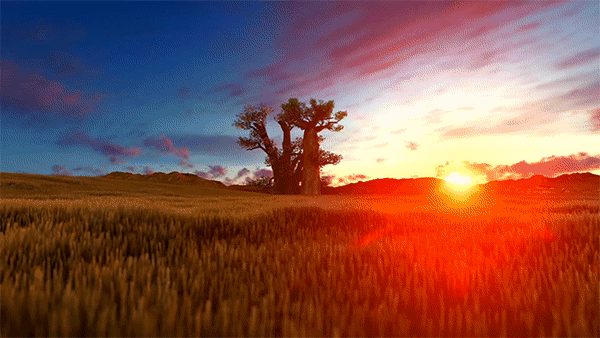 |
|||||
Breakthroughs you might have missedScientists have pinpointed the stem cells that give a planaria flatworm the ability to regenerate its whole body from any one piece. A single cell that expresses a gene called tspan-1 is enough to rescue a planarian that has received a lethal dose of radiation. Nature Research Highlights | 1 min read |
|||||
FEATURES & OPINION |
|||||
We are all in this togetherStarting in the Congolese city of Kikwit, where an Ebola epidemic struck in 1995, and journeying through hospitals and political offices in the United States, journalist Ed Yong explores the countries’ readiness for the next plague. He finds a fragile chain of interdependencies that is “reassuring in some ways, but even more worrying than I’d imagined in others”. The Atlantic | 44 min read |
|||||
Don’t bother debating climate sciencePublic debates don’t do anyone any favours because they pit facts against fictions, argues climate scientist Kate Marvel. Busy scientists should focus on work and public engagement — and contribute to debates about genuine bones of contention, such as energy and tax policy. “If you love coal and oil and gas, feel free to make your case,” she says. “But don’t pretend that burning these things doesn’t put carbon dioxide in the atmosphere, and don’t pretend that this doesn’t make the planet warmer.” Scientific American | 4 min read |
|||||
Online eventDiscover how cybersecurity research defends the critical infrastructures that enable scientific research — and the rest of civilization. This live online talk by cybersecurity researcher Sadie Creese will conclude with an open Q&A session for listeners. Springer Nature & the Falling Walls Foundation | 11:00 UTC on 19 June 2018 |
|||||
The theory that changed everythingIt’s been 100 years since Emmy Noether unveiled her namesake theorem, which links conservation laws and symmetry. “That theorem has been a guiding star to 20th and 21st century physics,” says theoretical physicist Frank Wilczek. The German mathematician rose in an environment of overt sexism, anti-semitism and fascism — including serving almost a decade as a university lecturer without pay. ScienceNews | 14 min read |
|||||
|
|||||
INFOGRAPHIC OF THE WEEK |
|||||
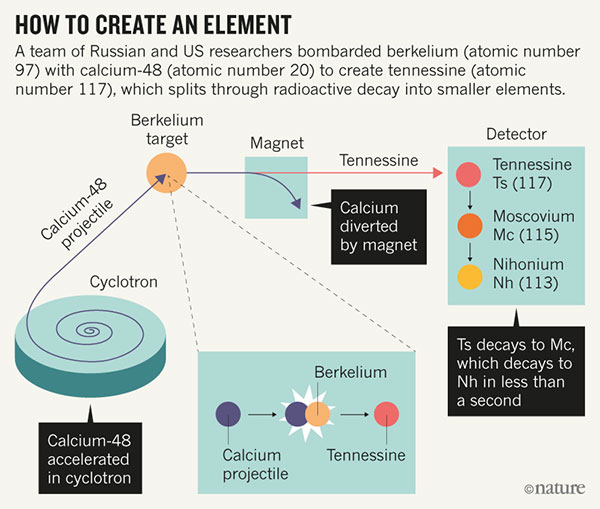 |
|||||
SCIENTIFIC LIFE |
|||||
The biggest question in science: “So what?”A new piece of scientific knowledge, like everything else, has to earn its place in the collective consciousness, argues science communicator Jessica Eise. She outlines how scientists can work better with those people tasked with telling their stories. Naturejobs blog | 4 min read |
|||||
Why join a brand new labEarly-career scientists often dream of joining a well-established laboratory headed by a prominent scientist with a track record of published papers. But a new lab can offer space, freedom and the opportunity to establish one’s own system. Nature | 9 min read |
|||||
Materials and methodsHuman stem-cell cultures have moved into the third dimension. 3D miniature tissues — organoids and organs-on-chips (OOCs) — can be used to study both normal human biology and human disease in vitro. Nature | 10 min read |
|||||
IMAGE OF THE WEEK |
|||||
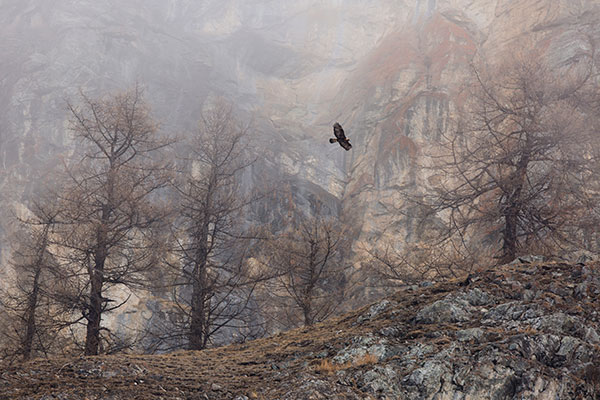 |
|||||
| This shot — of a golden eagle (Aquila chrysaetos) searching for food after snow melt in the Italian Alps — won Maximilian Hornisch the Society of German Nature Photographers’ Nature Photographer of the Year competition.
See more of the month’s sharpest science shots, selected by Nature’s photo team. |
|||||
BOOK & ARTS |
|||||
The artist who walked on the MoonApollo astronaut Alan Bean, who died last month, was unique even among the 12 people who have walked on the Moon: he was the only one to record what he saw on canvas and in paint. Richard Taylor, who is a professor of physics and art, pays tribute to Bean’s contributions to science, creativity and exploration. Nature | 5 min read |
|||||
When the physics is beautiful — and wrongIn her new book, physicist Sabine Hossenfelder explores whether modern physics finds itself in a morass because of the proliferation of theories devised using aesthetic criteria, rather than guidance from experiments. “Why should the laws of nature care about what I find beautiful?” she asks. Nature | 5 min read |
|||||
Five best science books this weekBarbara Kiser’s pick of the top five science books to read this week includes a new science of emotions, the trouble with polio eradication, and history writ large. Nature | 2 min read |
|||||
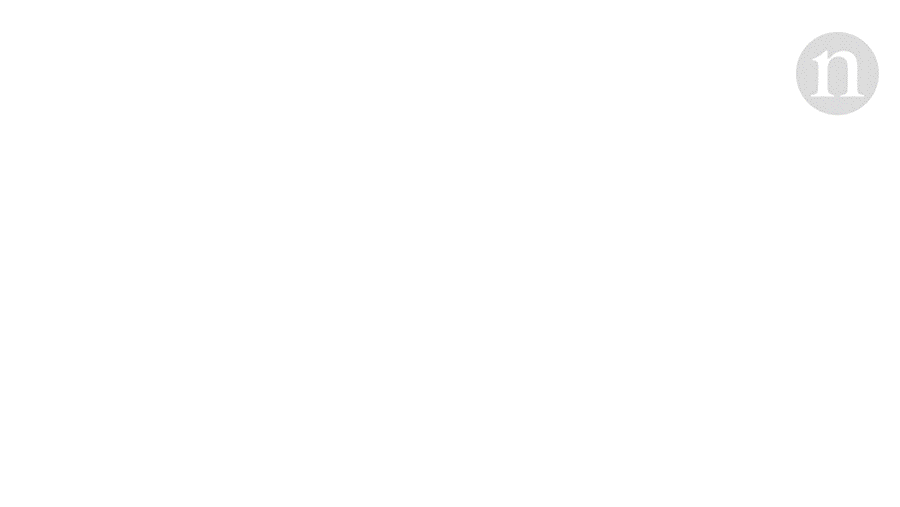 |
|||||
|
|||||
|
|||||
| You received this newsletter because you subscribed with the email address: mukhinaiv@mail.ru
Forwarded by a friend? Get the Briefing straight to your inbox: subscribe for free. Nature | The Springer Nature Campus, 4 Crinan Street, London, N1 9XW, United Kingdom Nature Research, part of Springer Nature. |
- Телефон +7 (831) 422-13-33, доб. 3310
- Email ifm@pimunn.ru
- Адрес г. Нижний Новгород, пр. Гагарина, 70
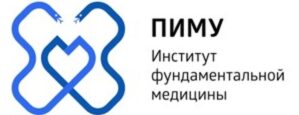
 Nature Podcast
Nature Podcast